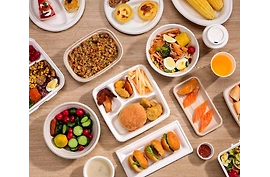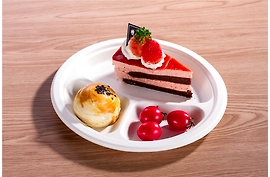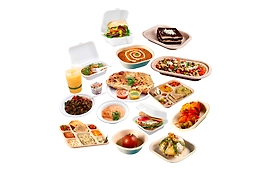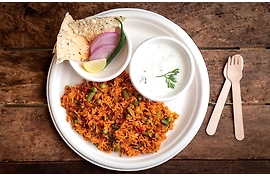Making the Switch: Transitioning to Bagasse Tableware for a Greener Tomorrow
| 28 Aug 2023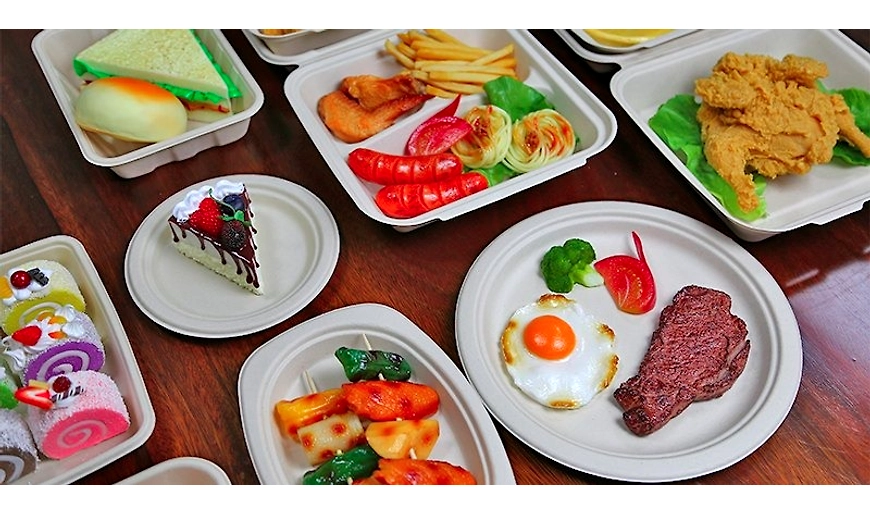
As the global call for sustainability grows louder, people are increasingly seeking ways to reduce their impact on the environment. One impactful change individuals and businesses can make is transitioning from conventional disposable tableware to eco-friendly alternatives like bagasse tableware. This switch not only aligns with environmental values but also introduces a host of benefits that make the transition worthwhile. Let's explore how to make the switch to bagasse tableware and contribute to a greener tomorrow.
1. Assess Your Needs: Evaluate your requirements for disposable tableware. Consider the types of events you host or the purposes for which you use disposables. Bagasse tableware comes in various forms, such as plates, bowls, trays, and cutlery, making it suitable for a wide range of occasions.
2. Research Suppliers: Look for reliable suppliers that offer high-quality bagasse tableware. Ensure they adhere to sustainable manufacturing practices and provide certifications, if available, that vouch for the eco-friendliness of their products.
3. Educate Staff and Guests: If you're a business owner or event organizer, educate your staff about the benefits of bagasse tableware and how to handle it. Educating your customers or event attendees about the eco-friendly choice you've made can also garner appreciation and support.
4. Plan for Proper Disposal: Bagasse tableware is biodegradable and compostable, but it requires proper disposal to reap these benefits. Make sure you have composting facilities available, or work with local composting programs to ensure the tableware reaches the right disposal channels.
5. Promote Your Sustainability Efforts: If you're a business, don't hesitate to showcase your commitment to sustainability. Highlight your switch to bagasse tableware on your website, social media, and other marketing materials. Consumers today appreciate and support businesses that take meaningful steps towards environmental responsibility.
6. Collaborate for Larger Events: For larger events or gatherings, consider collaborating with local composting facilities or waste management organizations to ensure the proper collection and disposal of bagasse tableware. This collaborative effort can have a more significant positive impact on reducing waste.
7. Track and Measure Impact: Monitor the impact of your switch to bagasse tableware. Keep track of the amount of waste diverted from landfills and the reduction in your carbon footprint. This data can be used to demonstrate the positive change you're making and inspire others to follow suit.
8. Share Your Success Story: Whether you're an individual who's made the switch at home or a business that has adopted bagasse tableware, share your success story. Your experience can encourage others to make similar changes in their own lives or operations.
Conclusion: Transitioning to eco-friendly bagasse tableware is a step towards a more sustainable future. By assessing your needs, researching suppliers, educating stakeholders, planning for proper disposal, and promoting your efforts, you can smoothly make the switch and contribute to reducing plastic waste. Whether you're a conscious consumer or a business striving for eco-friendly practices, embracing bagasse tableware is a meaningful way to pave the way for a greener tomorrow.

